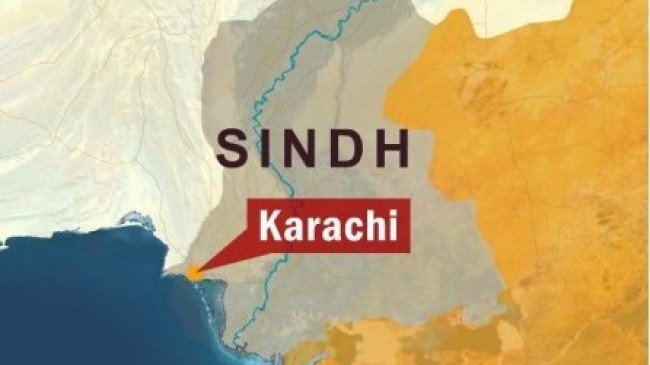
KARACHI: The Pakistan Institute of Labour Education and Research marked its 10th birthday at its Gulshan-i-Maymaar centre on Thursday with a lecture by its building’s architect and founding member Arif Hasan, who spoke on how the idea of a ‘World Class City’ is affecting cities in Asia.
Hasan spoke about the concept of a ‘World Class City’ that has had the effect of pushing the poor to the periphery to create space for a nexus of investors and incompetent state elements to exploit land to make money. “The demise of the welfare state model as a result of the domination of the market economy has resulted in the promotion of the new processes and vocabulary,” he said. They are: a) it is not the business of the state to do business; b) cities are the engines of growth; c) and the significance of direct foreign investment.
The concept of corporate farming and industrial zones have had a major impact on policies of the Asia Pacific region. In India alone, 400 million people would be forced to move from rural to urban areas by 2015. The state has responded to these market pressures by making land available for development through land use conversions, new development schemes and bulldozing low-income settlements. “Activists opposing these developments are often killed, while the media remains silent because of its own commercial interests,” he said.
The World Class City agenda promotes iconic architecture, a branding of the city and makes tourism a prime objective for the city’s being. “Politicians and government planners justify the high-rise redevelopment approach for their disputed image of a modern city and make an invalid argument that high densities cannot be achieved by upgrading existing settlements or promoting lowrise neighbourhoods.” Poor-friendly cities have become “poor-unfriendly cities”. In Karachi, the per square metre cost of land in katchi abadis has undergone a sea change. “In 1991, it was 1.7 times the daily wage, today it is 40 times the daily wage,” said Hasan.
Rent per month in 1991 was 3.5 times the daily wage, while today it is 10 times. Construction cost per square metre in 1991 was 6.6 times the daily wage, and today it is 20 times. The most serious aspect of this is the divide promoted by the privatisation of education and food inflation. At the same time, the social safety nets rely heavily on NGO involvement, which are increasingly becoming project-oriented. The World Class image of the city has no place for informal businesses leading to large scale evictions, impoverishing millions of families. The automobile industries have also contributed to the urban divide and have helped consolidate the commercial interests of powerful groups.
The free market economy in the last decade led to considerable liquidity in banks and leasing companies. This has been utilised for providing loans for the purchase of vehicles. Evidence suggests that these loans were provided as a result of an understanding between the automobile industry and global banking and financial sectors.
In Karachi alone in the financial year 2006-07, banks and leasing companies provided loans of an equivalent of US$1.8 billion for the purchase of vehicles. PILER, established in 1982, is a not-for-profit, citizen sector organisation engaged in research, education, policy advocacy, networking in the areas of labour rights and labour legislation, social justice, human development, regional solidarity, and peace. Its executive director is Karamat Ali.
Published in the Express Tribune, May 14th, 2010.



















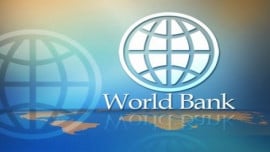
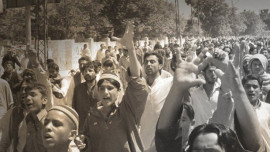


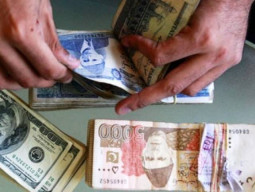





















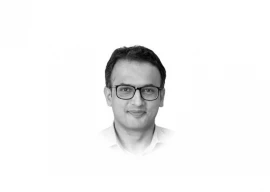


COMMENTS
Comments are moderated and generally will be posted if they are on-topic and not abusive.
For more information, please see our Comments FAQ